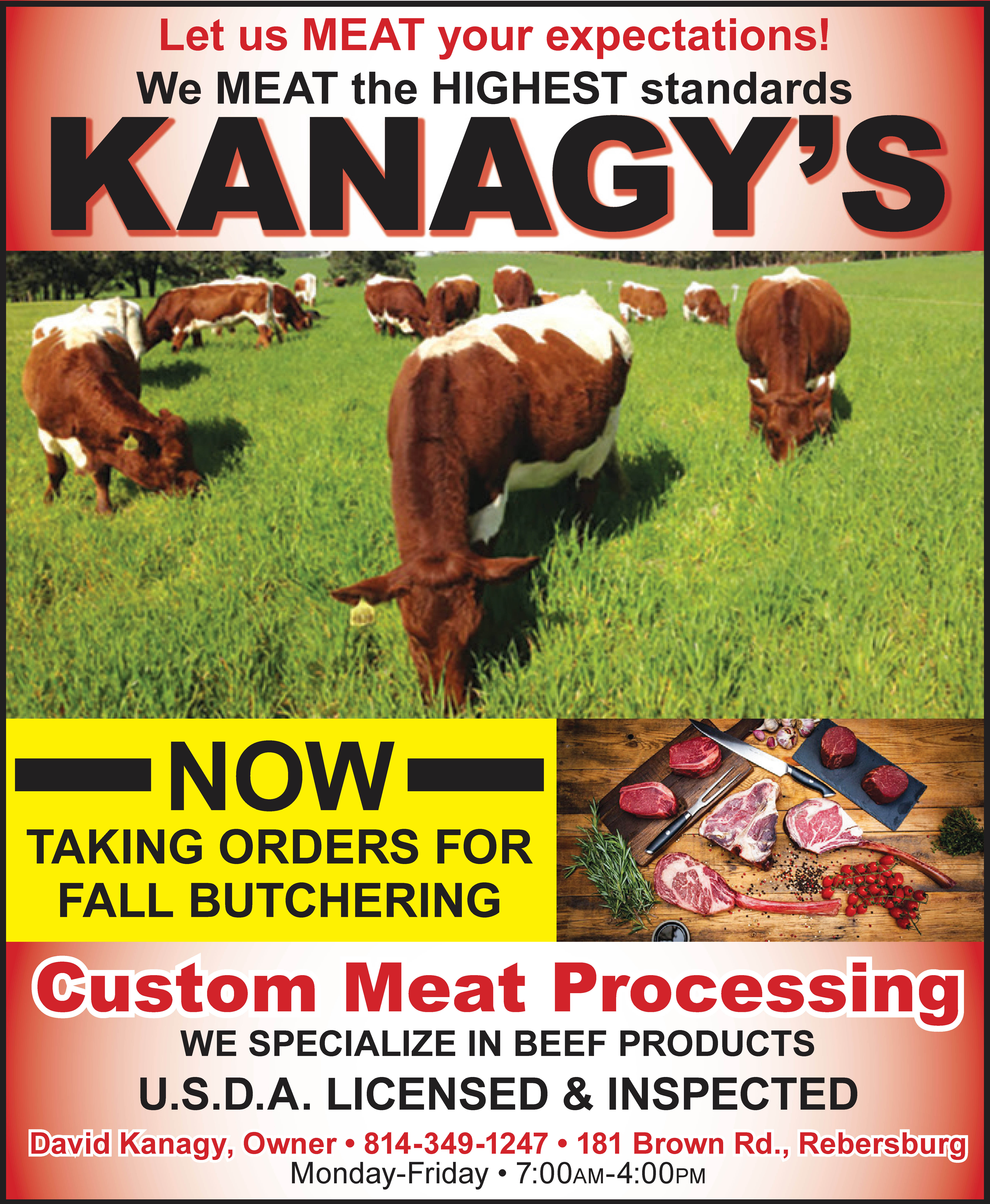It’s hard to believe, but another archery season is about to get underway, and as usual, I never feel prepared. In years past, I did a lot of pre-season scouting, but like many other hunters, it seems like our busy schedules have made sufficient scouting more difficult.
Fortunately, however, a lot of us have a pretty good idea of where we plan to hunt based on previous years of hunting many of the same locations.
Most serious archers will also have several stand locations in mind, and for good reason — deer movements change according to what food is available, and one of the biggest reasons for changing behavior is the coming of the rut later in the season.
While both food availability and the rut are two good reasons to have multiple stand locations, it’s also wise to have several stand possibilities available within any given area due to the direction our human scent may be moving. Sure, we can do things to reduce human scent, like washing our hunting clothes to eliminate any scent, and we can utilize various scents added to clothing and footwear. However, don’t forget that urine-based deer scents can’t be used in certain areas affected by CWD, so having several options based on wind direction may be a good idea.
Hunting from an elevated treestand is also a plus since the added height helps to get the scent off ground level.
Keep in mind, too, that when hunting mountain slopes in autumn, your scent usually drifts up the slope in the morning and down the slope in the evening hours since the higher elevations cool more quickly.
Stand locations based on food availability may be a good choice, but bear in mind that food sources and availability change throughout the season. We all know that an apple orchard or almost any fruit tree will attract deer, and so will corn and other planted crops, so hunting near these food sources may be productive early in the season.
Also high on the food list are acorns, but keep in mind that acorn production can vary from year to year in any given location; don’t assume that just because there are oaks in your given hunting location, there will also be acorns available.
A large variety of plants and plant parts from both woody and non-woody plants supply a great deal of food for deer, with the stems alone from woody plants making up about 20 percent of a deer’s diet.
As we move into late October and then November, the rut is underway, and it may be a good idea to move to some different stand locations. Most archers try to avoid setting up in bedding areas, but the routes traveled from bedding to feeding areas may be good choices, especially if scrapes have been located. Probably the scrapes that need the most attention are the ones found around inside corners, ridgelines, and especially along well-worn trails between bedding and feeding areas. It’s even better if you locate rubs along the well-traveled route, and large rubs on large trees are a good indication that a mature buck is in the area.
Of course, once you have established where you want to set up, the next phase begins — getting in without disturbing the deer, setting up, and, of course, making that crucial shot when it presents itself.



